Ellen provided us with the history of the museum and took us to select works of art. The Atlanta Art Association was founded in 1905. The prominent High family donated their daily home on Peachtree Street to house the collection in 1926. An additional building was built next to it to house the growing collection in 1955.
In 1962, 106 Atlanta arts patrons tragically died in an airplane crash at Orly Airport in Paris while on a museum-sponsored trip. The French government donated this Auguste Rodin sculpture, The Shade, that is displayed outside in memory of the victims. Also on display outside is House III by Roy Lichtenstein (1997).
In 1983, a 135,000 square foot building costing approximately $30M, designed by Richard Meier, opened, although only 52,000 square feet of the museum is display space. It is gorgeous with light streaming through the huge windows and is a division of the Woodruff Arts Center, the cultural district of Atlanta.
In 2005, three new buildings designed by Renzo Piano ($124M) expanded the museum's size to 312,000 square feet. There are interior walkways between the buildings on multiple levels.
The High focuses on collecting the following:
- African Art
- American Art
- Decorative Arts and Design
- European Art
- Folk and Self-Taught Art
- Modern and Contemporary Art
- Photography
Ellen, our museum guide, took us to the following works of art. She provided us with fascinating information about the artists and insight into their work. The first piece we saw on our tour with Ellen was this interesting still life featuring pears and peaches (very fitting for GA!) by Coosje van Brugger and Cloes Oldenburg, Balzac Pentanque (2002). Loved it.
These large ceremonial African masks are worn by dancers and held in place with a rope (clenched in the teeth of the wearer) near the bottom. Pretty amazing. Be sure to check out the video at the exhibit. Three Nwantantay Masks (1986-1987) were created by Yacouba Bonde and are typical of masks used by the people area. Also shown is this interesting painting in the contemporary art section is this painting, also showing a mask (although it is not covering his face). It is by Fahamu Pecou and is entitled Native Tongue/Oghe Oyeku (2015).
This piece appears to be a piece of fabric, but is actually a cloth sculpture constructed of discarded aluminum from the necks and tops of local liquor bottles and copper wire. The artist, El Anatsui, says this piece represents a universal yearning for liberty and freedom. The title of the work is Taago and was completed in 2006.
Two more pieces we liked in the African Art section, is this Epa Headdress (20th century) from Ekiti, Nigeria, by a Yoruba artist. The second (1950s) by an Igbo artist (also Nigerian) is a shrine sculpture for Mami Wata (mother or water).
The relationship between good/evil and redemption/destruction are common themes of Anselm Kiefer's works of art. This piece (Dragon) portrays the delicate line connecting the night sky with the seashore of the constellation, Draco. In the German myth, the evil dragon can only be killed by the pure of heart. Note the heavy layering of paint in the lower portion of the painting.
This life-sized horse of burned and crushed steel and barbed wire was crated by Deborah Butterfield, Untitled, (#3-95), 1985, She describes the form of the horse as a "stand-in for herself" (or self-portrait).
We took a walkway that afforded great views of Atlanta to see this piece in the Folk and Self-Taught gallery. This piece, Horse (2009) is by Gregory Warmack, aka Mr. Imagination. Check out the dreadlocks constructed of bottle caps. What an imagination!
This white marble sculpture, The Veiled Rebekah (1864) by Giovanni Maria Benzoni is one of the most beautiful pieces I have ever seen anywhere. The delicate carving of the veil is stunning.
The last work of art Ellen, our guide, took us to see was this oil painting by well-known Impressionist artist, Claude Monet. Entitled Houses of Parliament in the Fog (1903), it represents Monet's penchant for representing the intangible, in this instance, fog.
After thanking Ellen for her artistic insight, we continued our own tour of the museum. Below are just a few of our favorite pieces.
Paolo di Giovanni Fei, John La Forge, Untitled (1904)
Two Angels, St. Francis, And
St. Louis of Toulouse (1375)
In the 1830s, Native American leaders traveled to Washington, DC, to renegotiate resettlement terms with the US government (ultimately unsuccessful). The head of government affairs, Thomas L. McKenney, commissioned Charles Bird King to paint portraits of the proud leaders from 1831-1834. A fire in 1865 at the Smithsonian Institute destroyed almost all of the original paintings leaving only color lithographs of McKenney's historic work.
Following are additional random pieces we also found interesting (basically in chronological order).
and Company, Boston Gustavo Herter
This fancy Secretary (1880-1884), William S. Wooton, was similar in design to those used by John D. Rockefeller, Joseph Pulitzer, President Ulysses S. Grant (and others of wealth and influence).
(1952) Circle (1971)
Judy Pfaff, Apples and Oranges (1986)
Ron Arad, Blo Void I Chair (2007)
The Museum Gift Shop had lots of interesting items on sale, but I only picked up some postcards of some of the pieces we saw.
We always enjoy a good art museum as we spend most of our time on outdoor activities. The architecture alone of The High makes a visit worthwhile. We do not normally do tours, but we enjoyed this one as Ellen provided perspectives I never would have imagined otherwise.
For additional information about hours or operation, exhibits, or more of The High, check out their website at www.high.org. The museum is closed on Mondays.






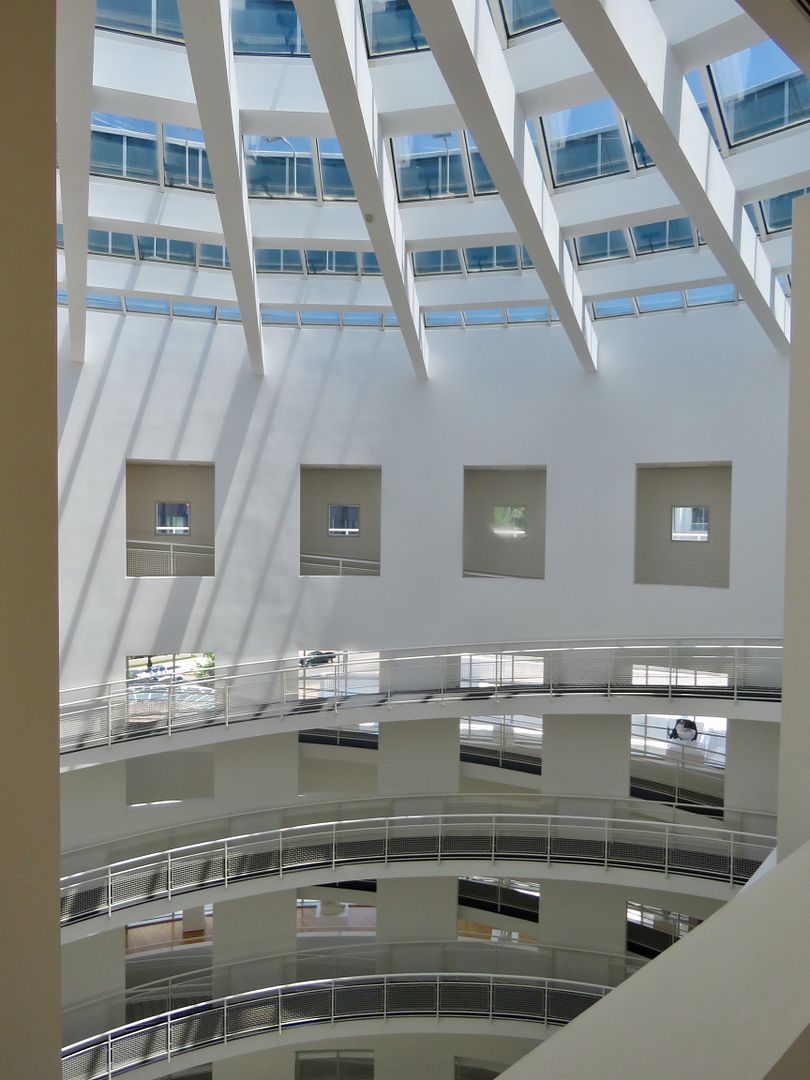
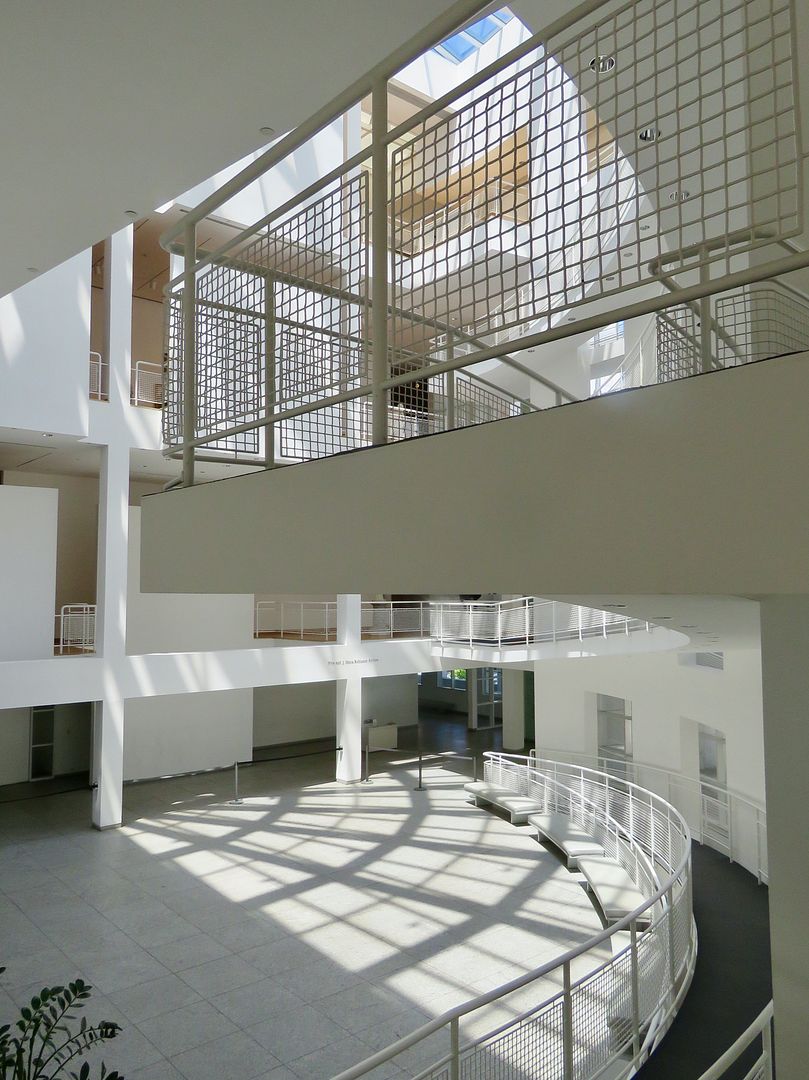


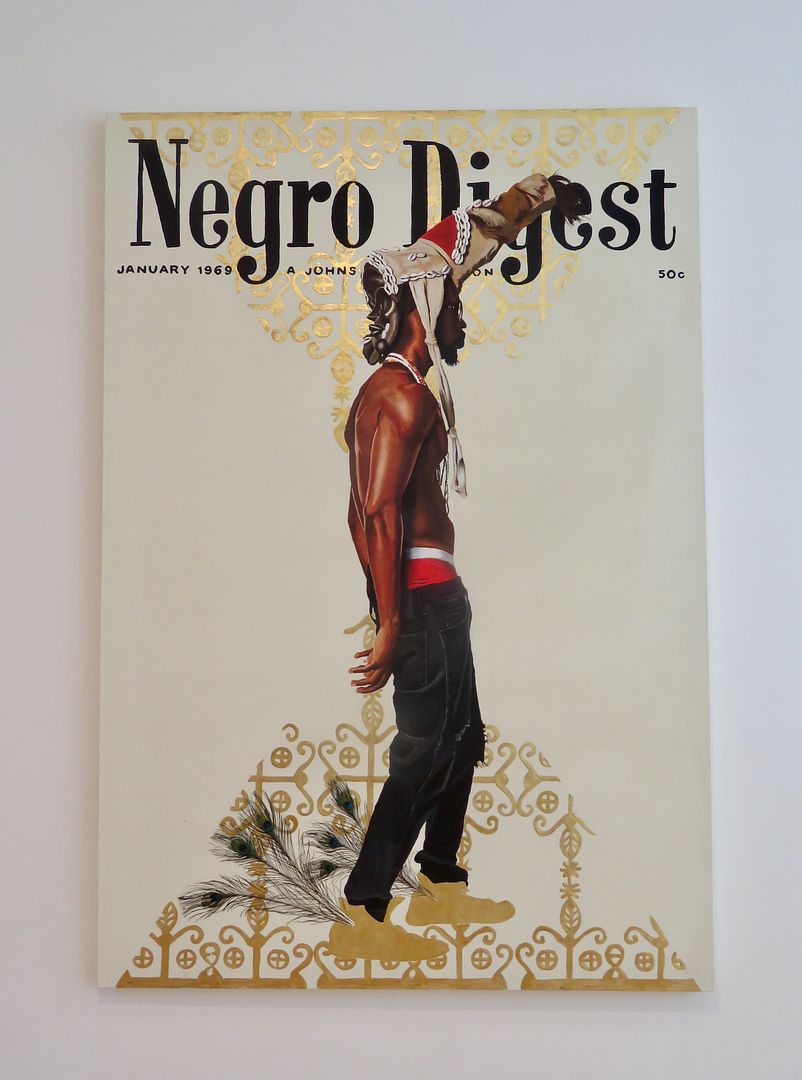

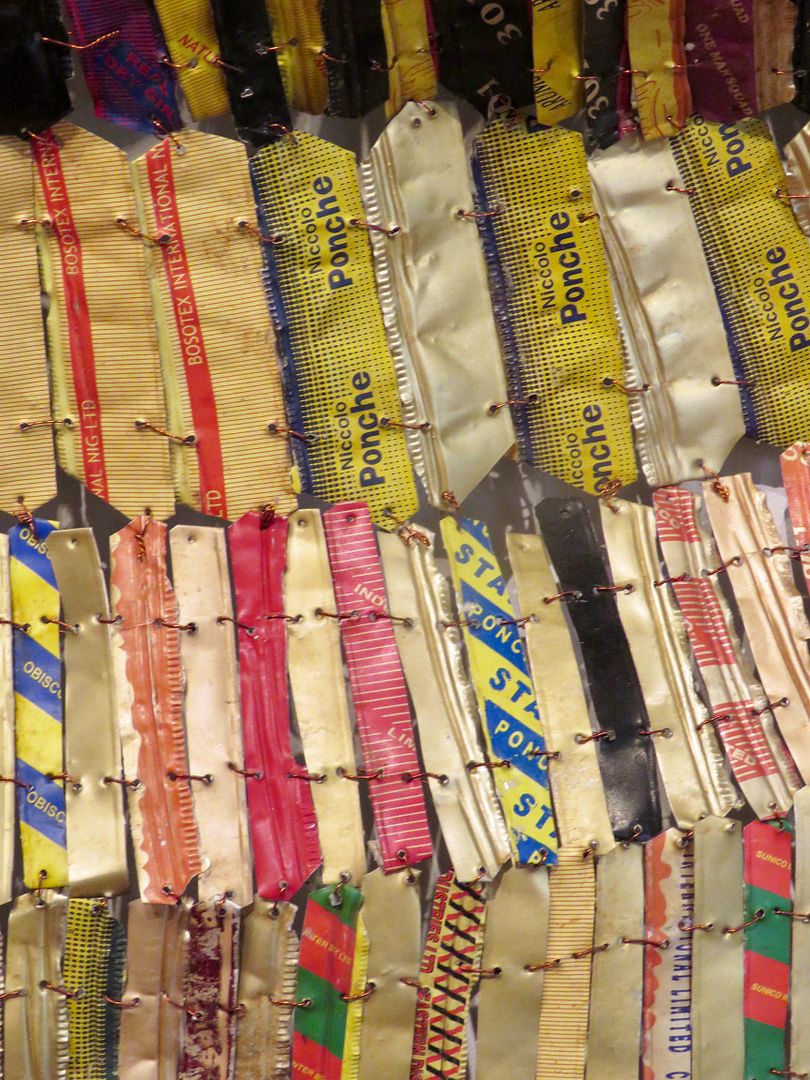
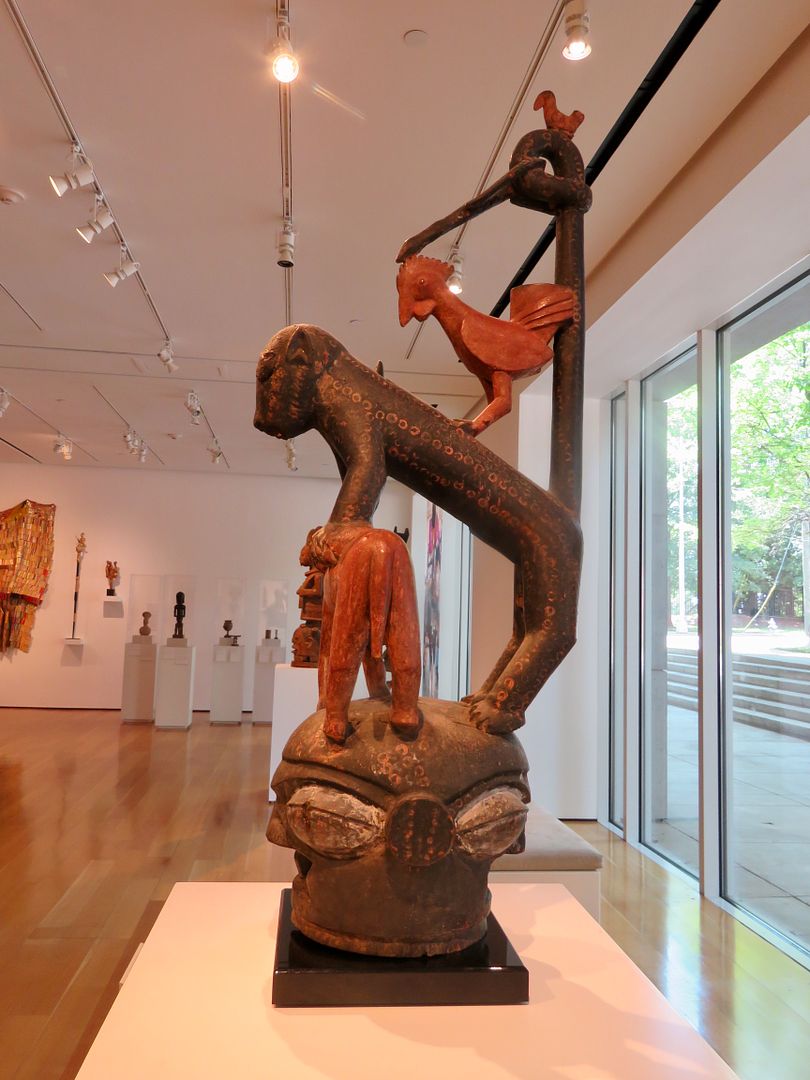




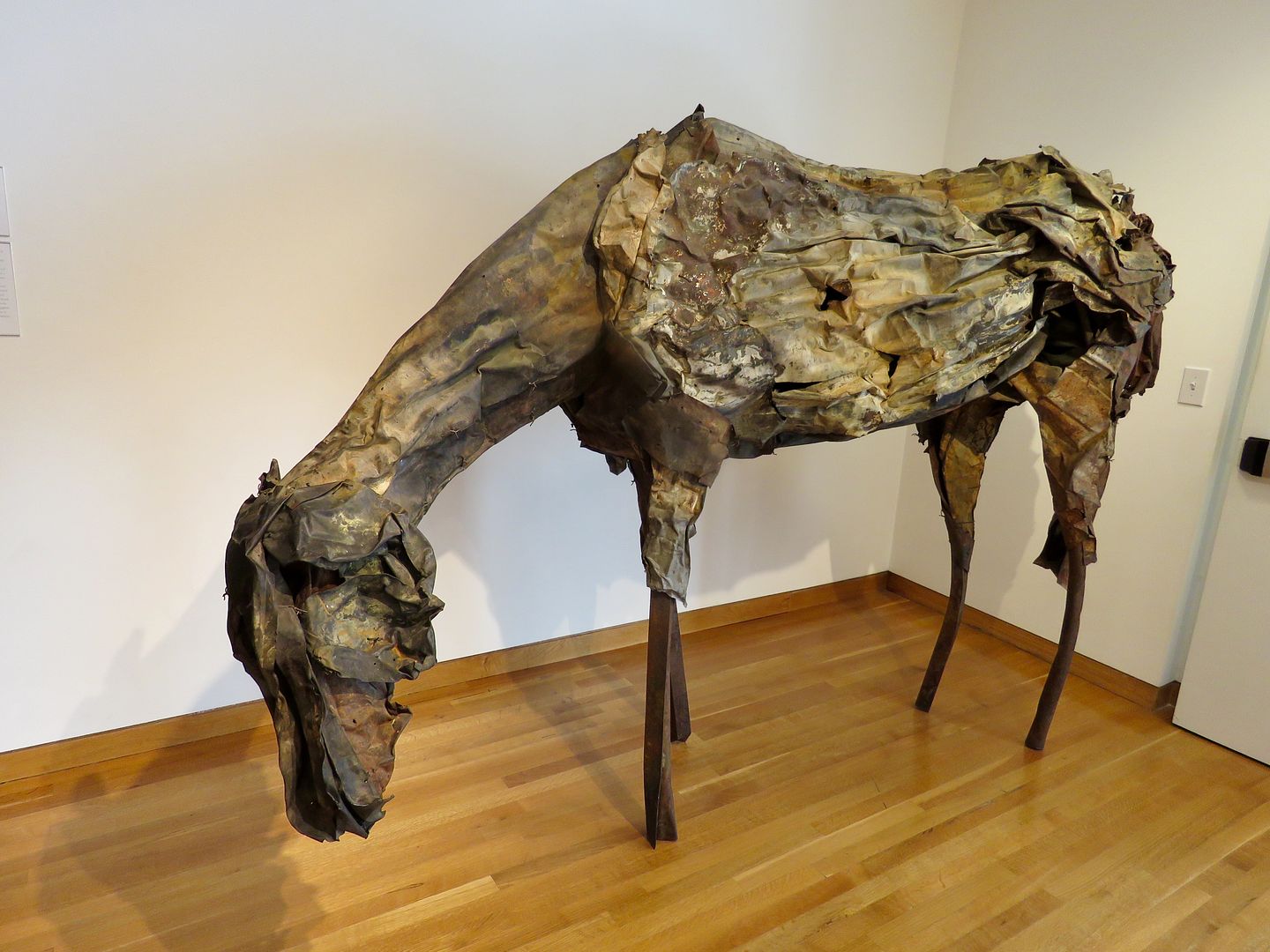
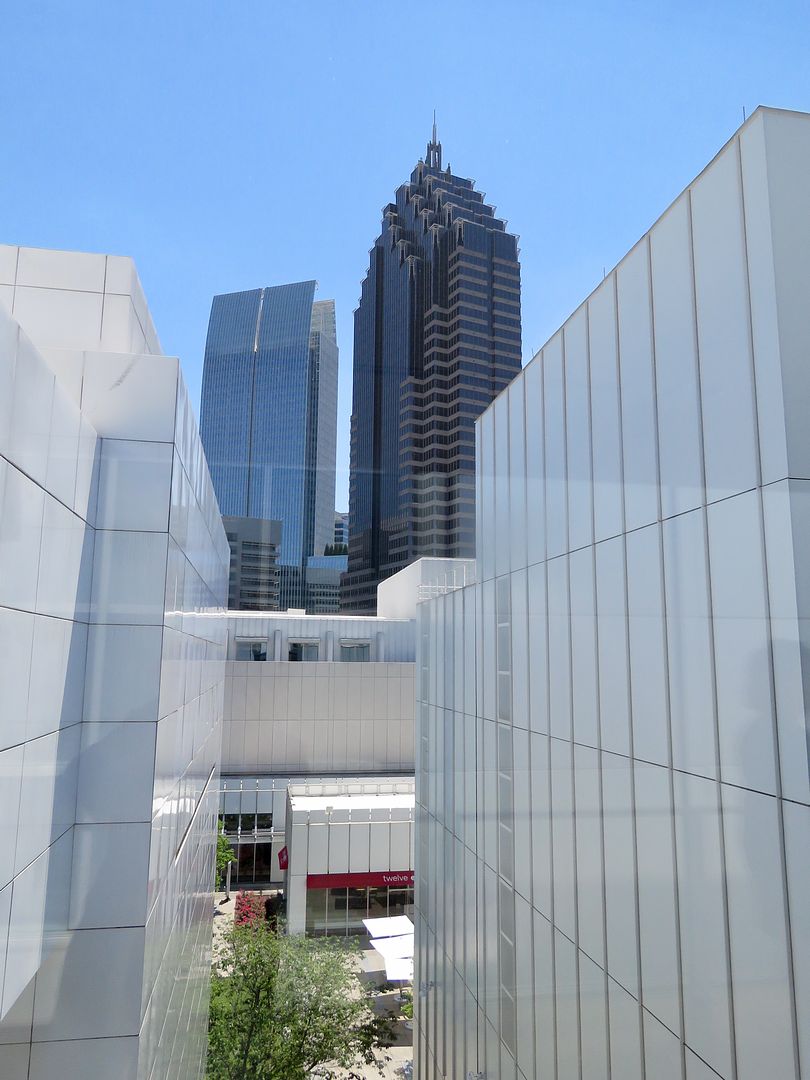
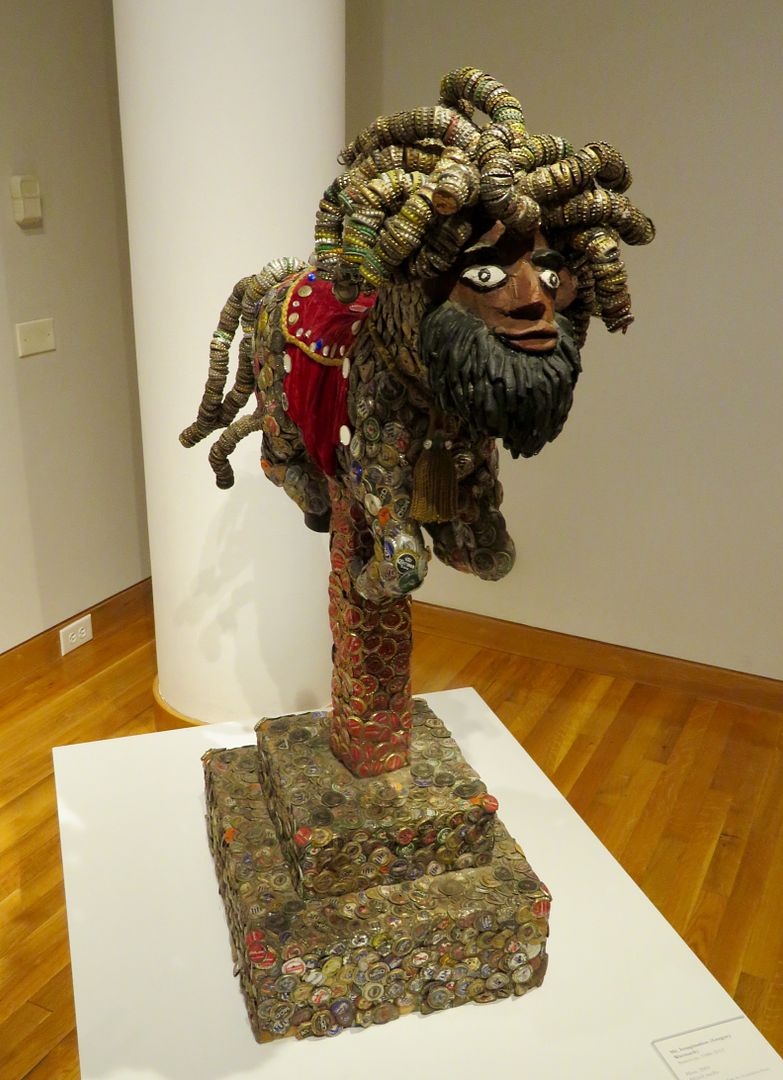
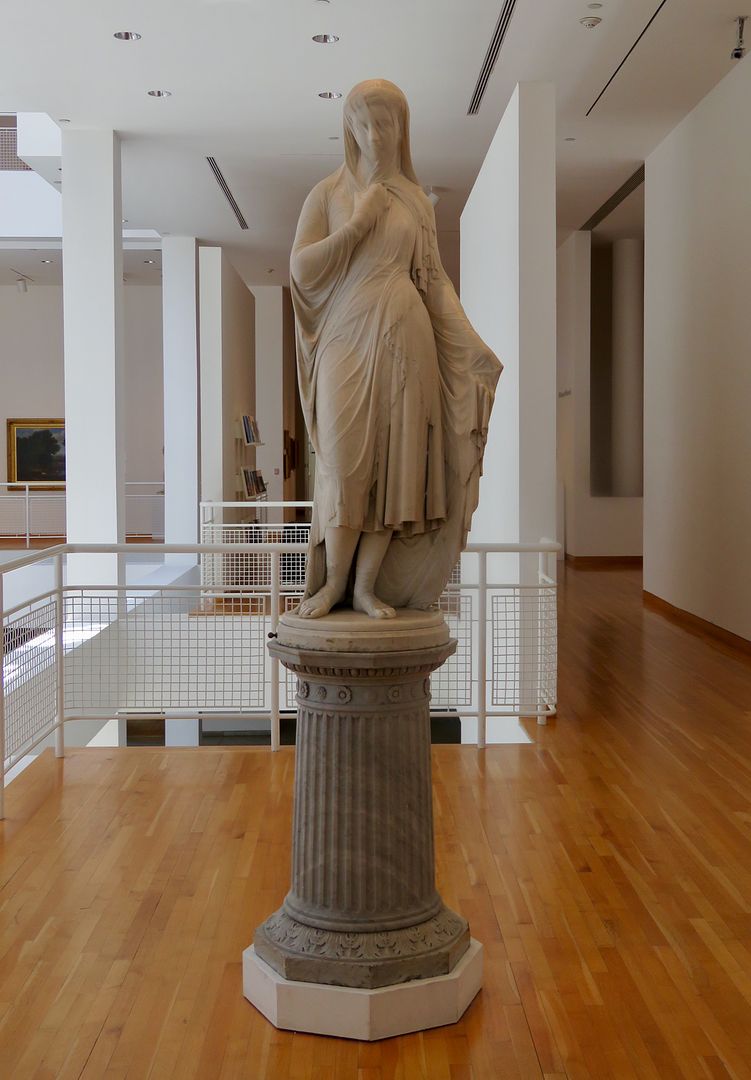


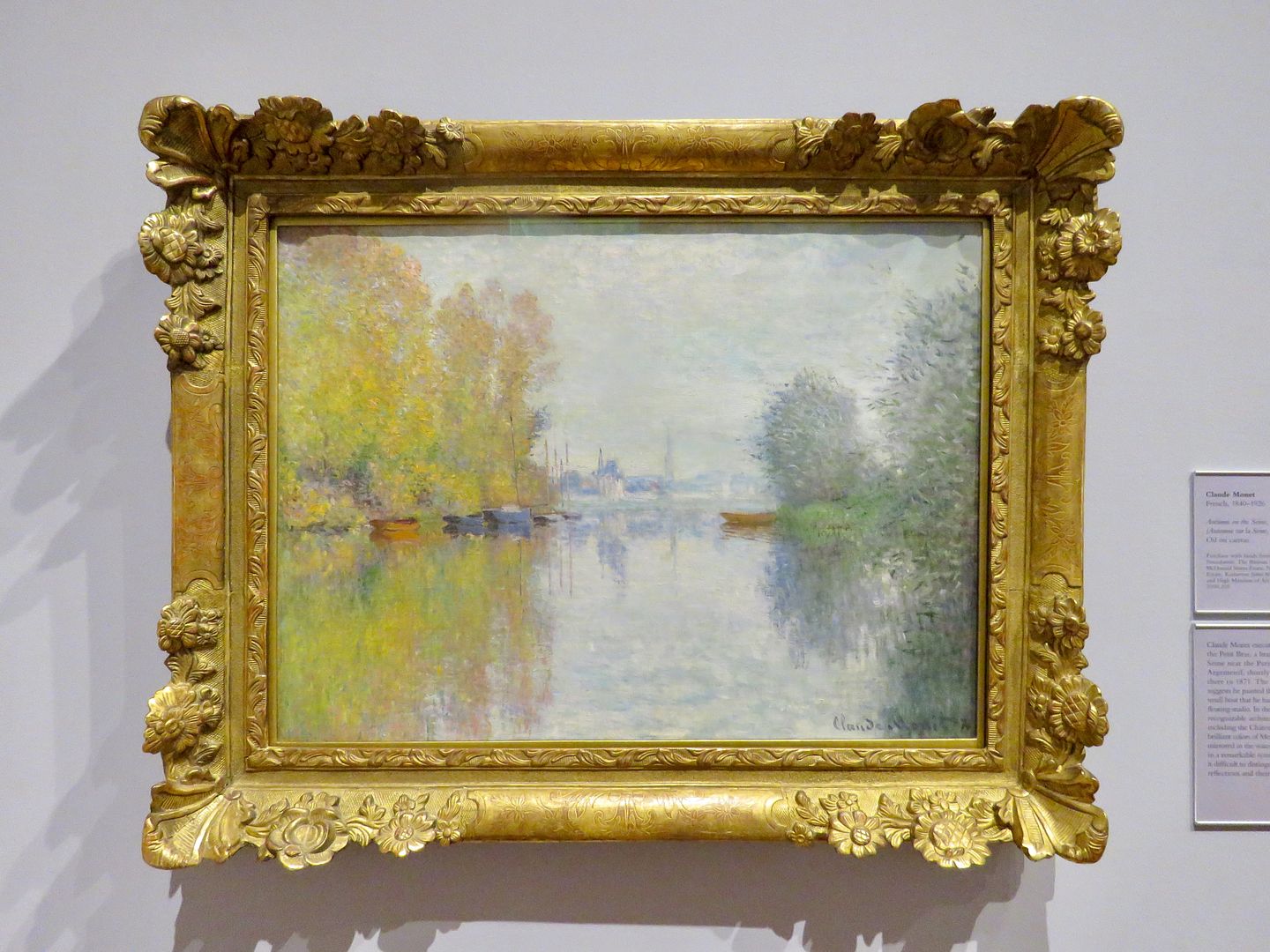
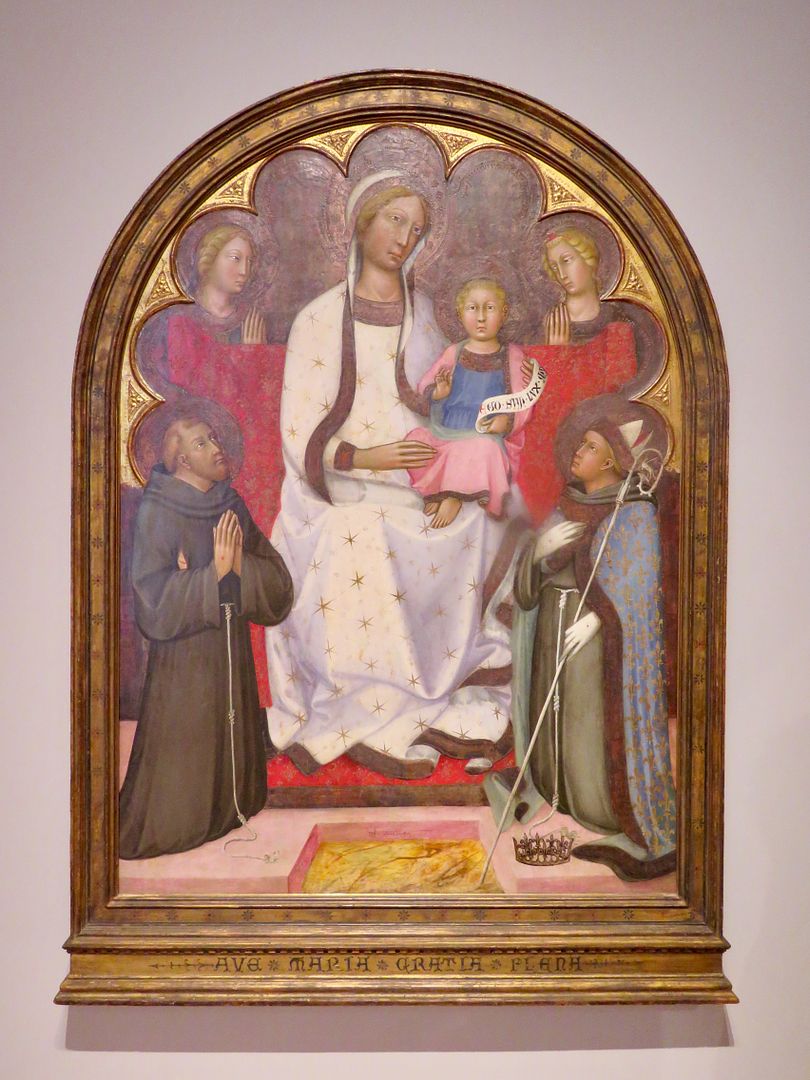
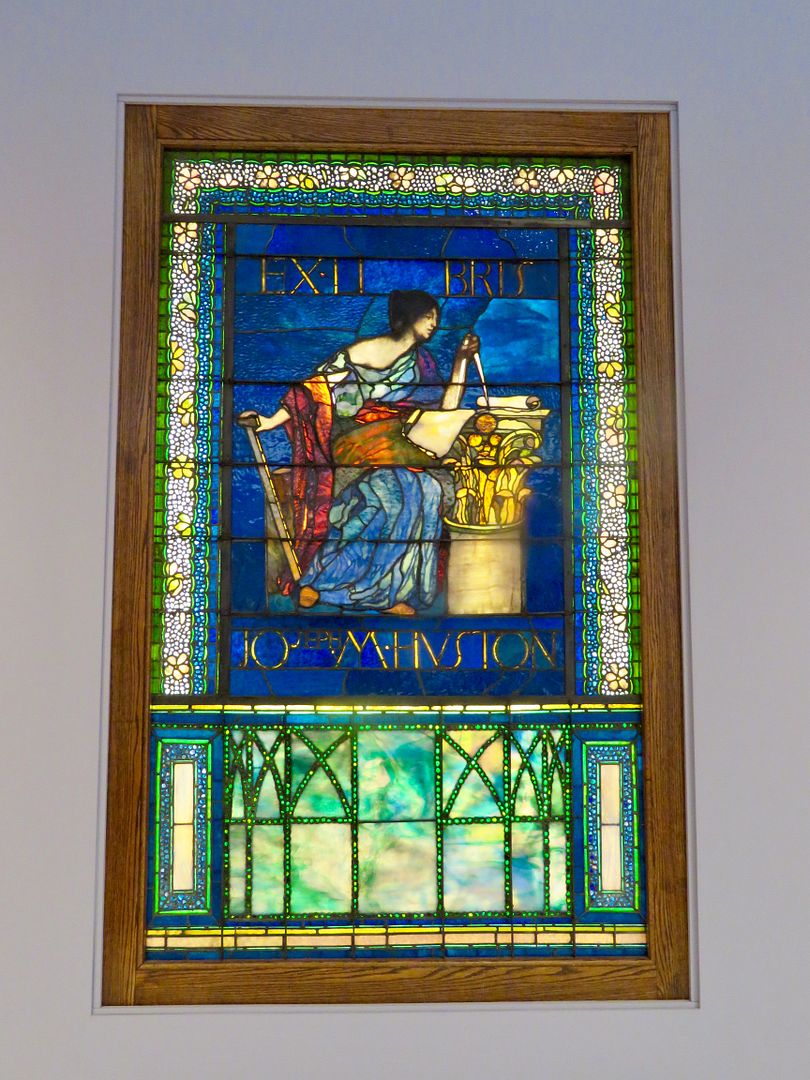




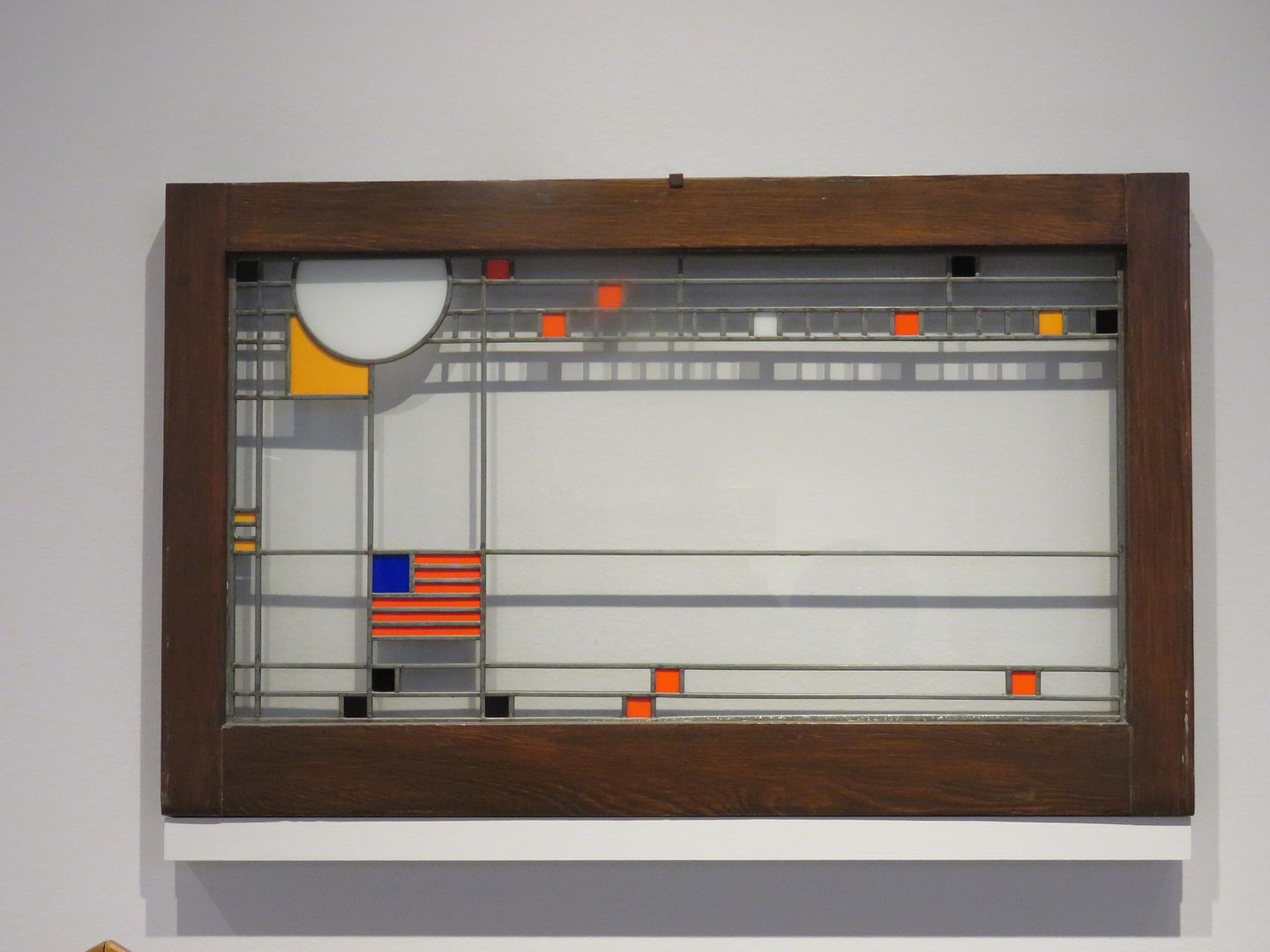
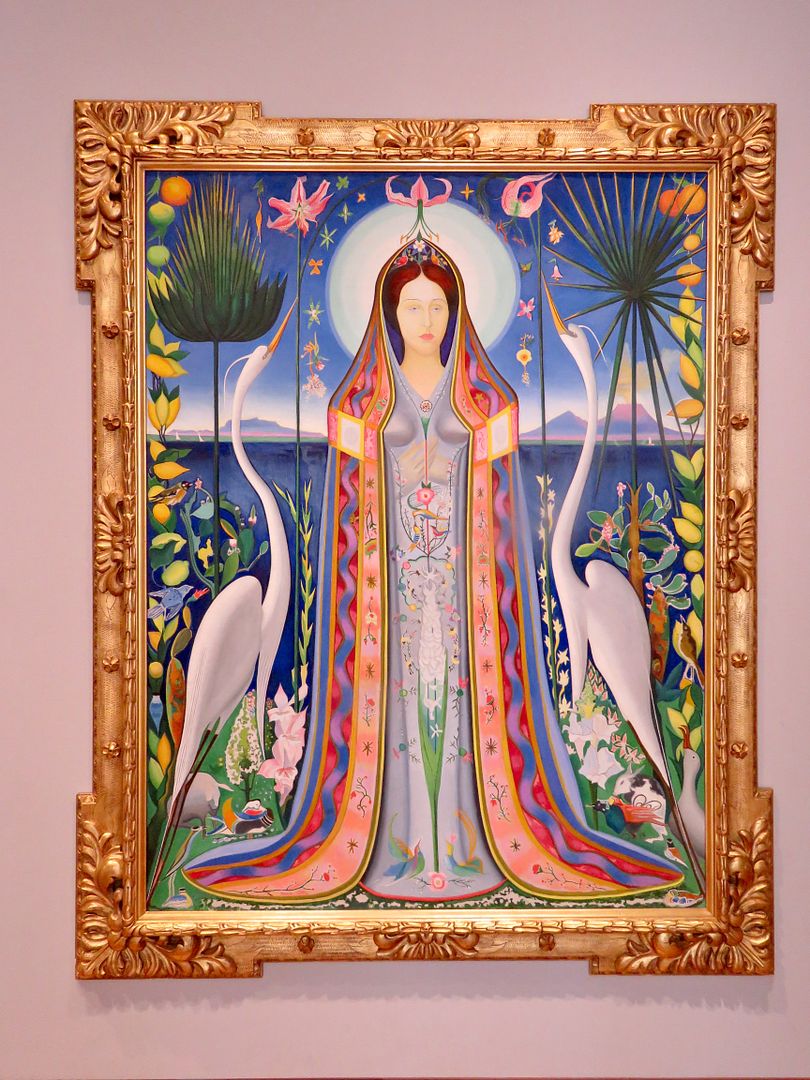
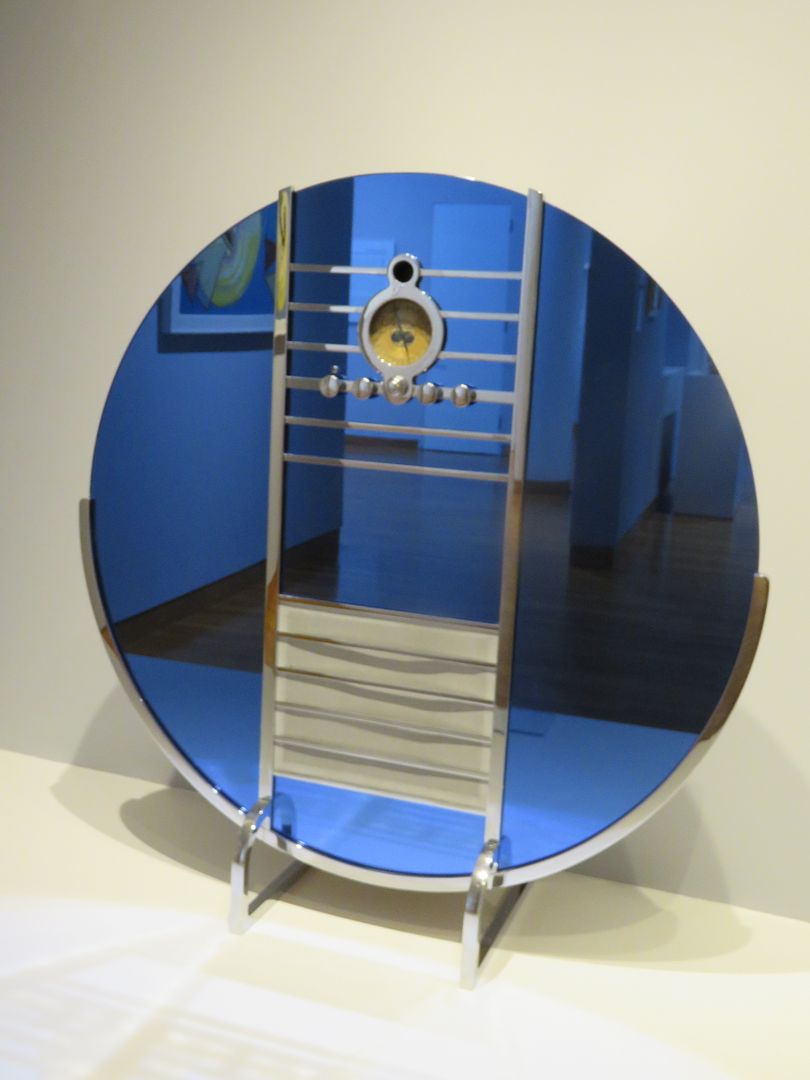
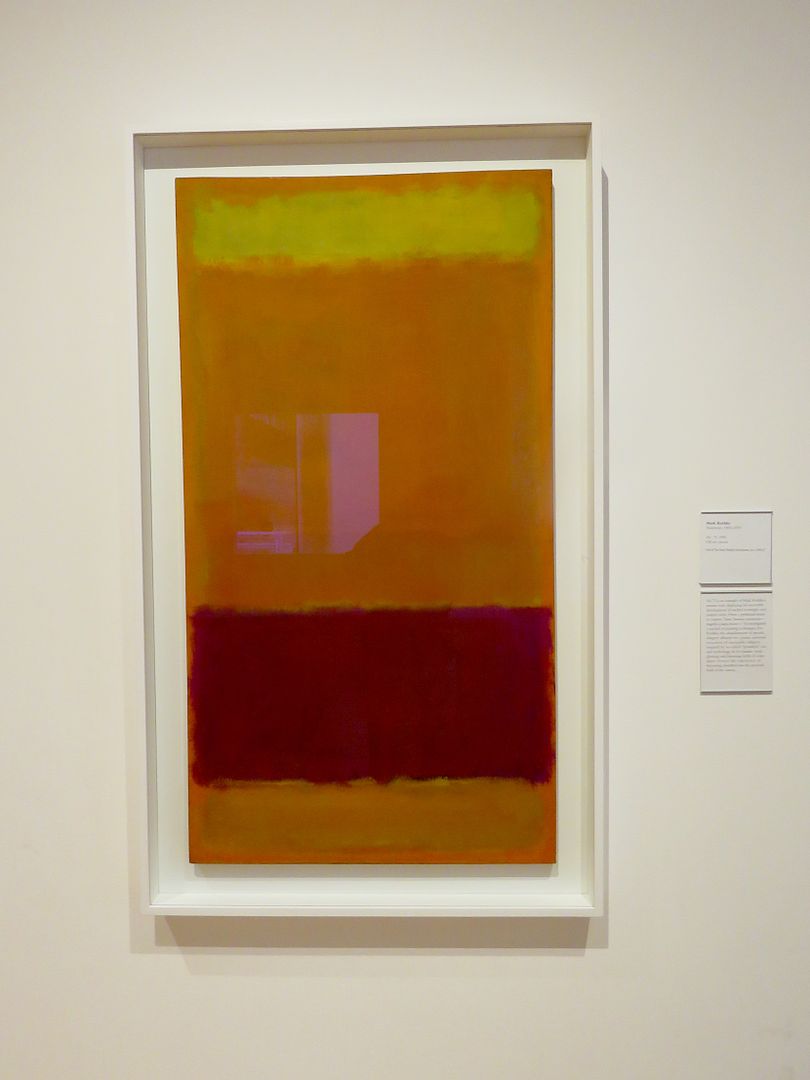
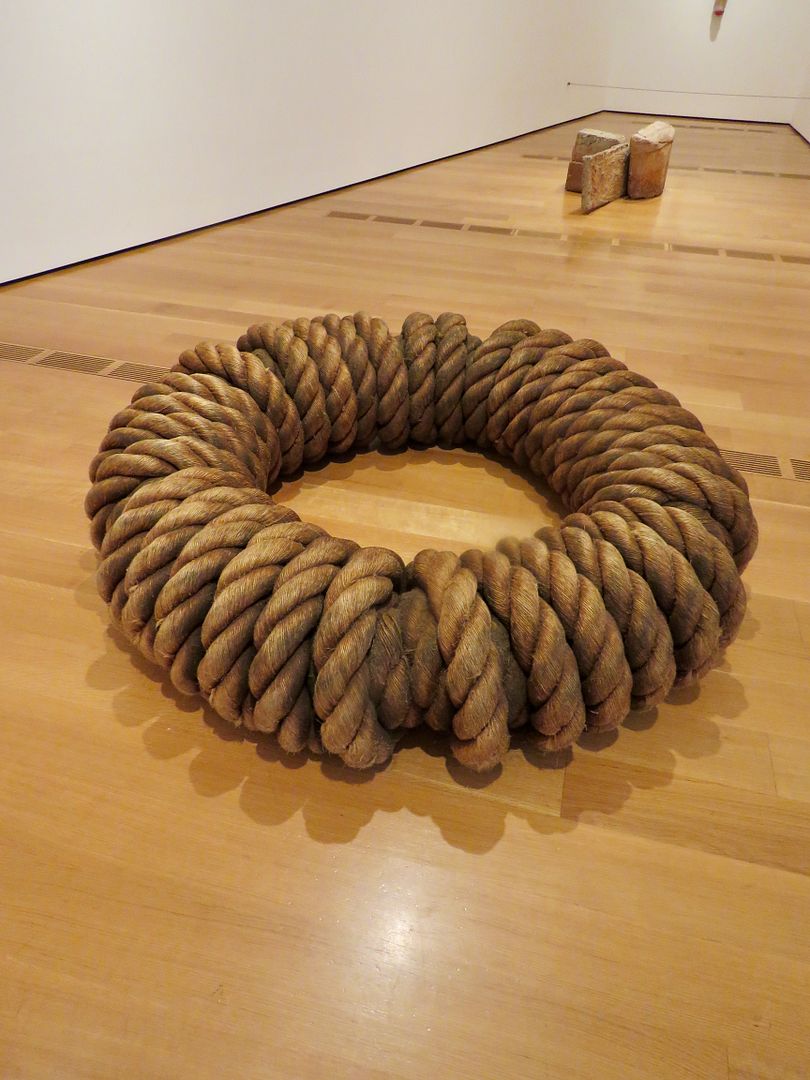
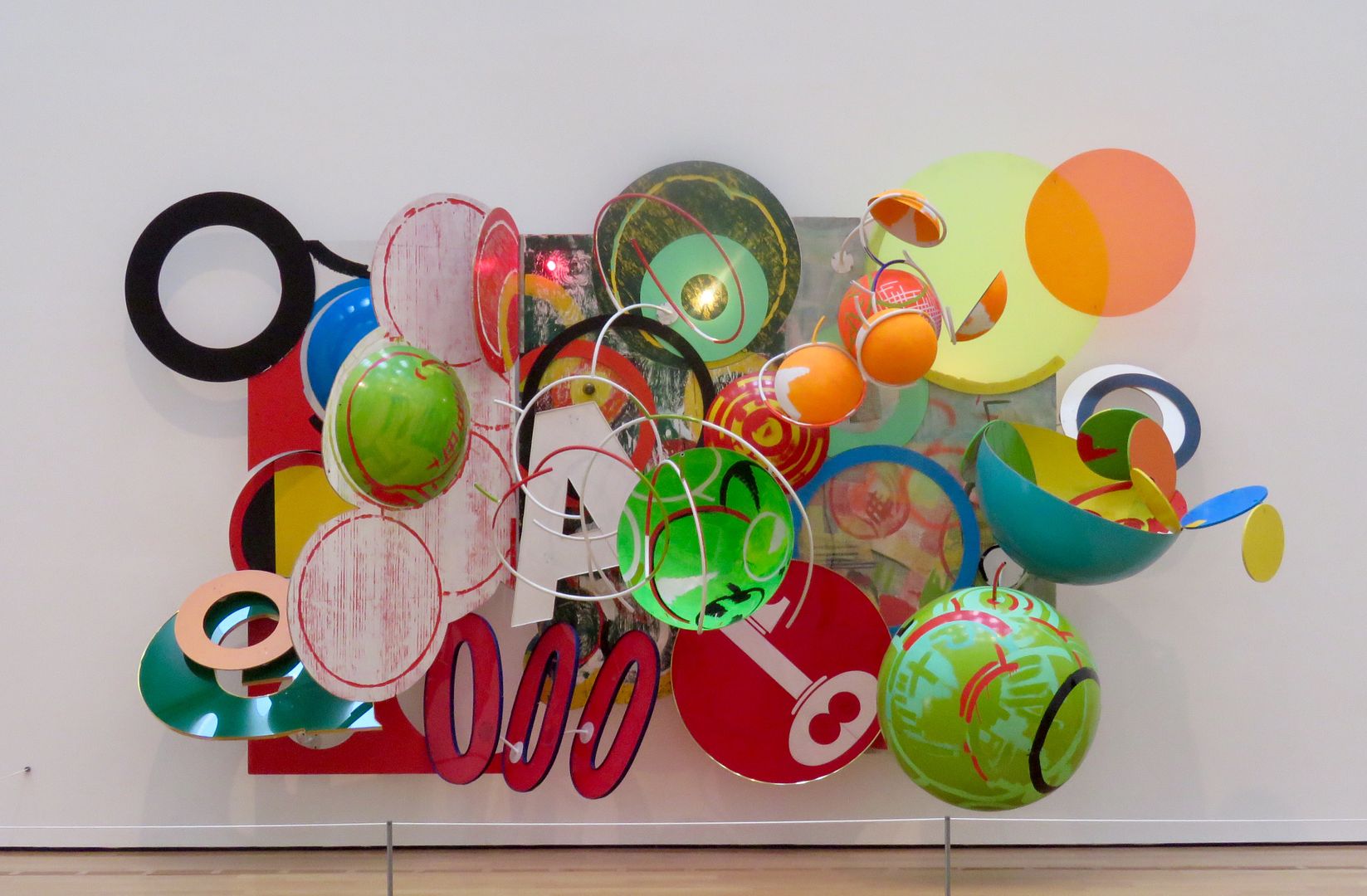
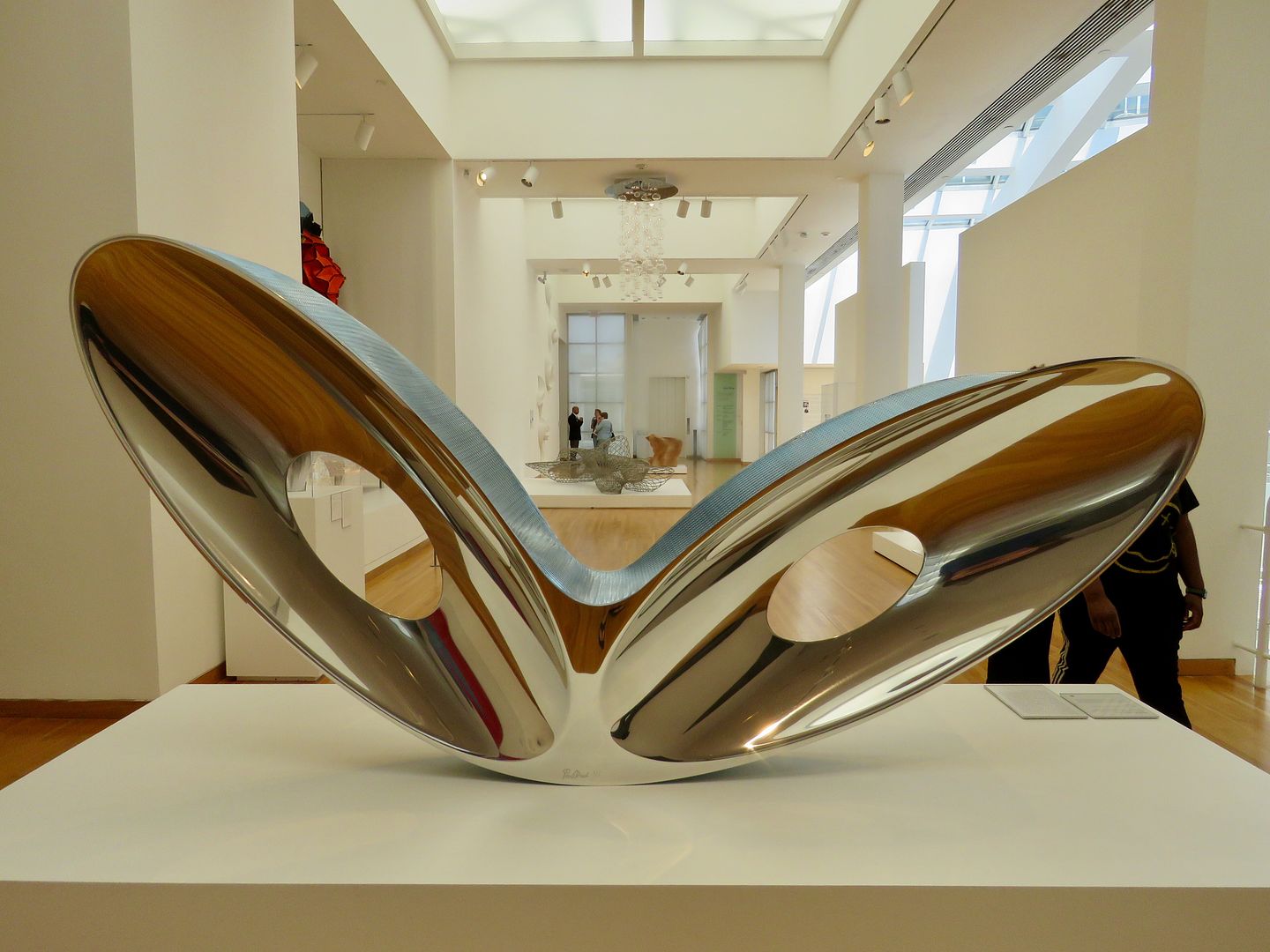
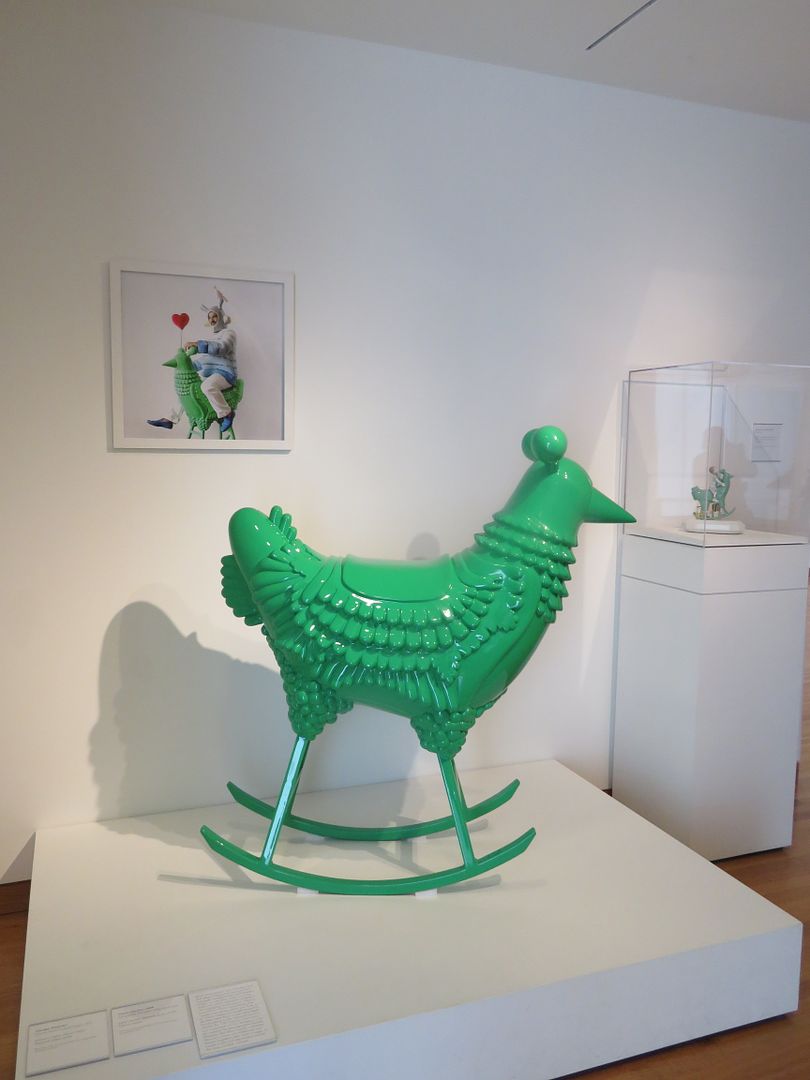
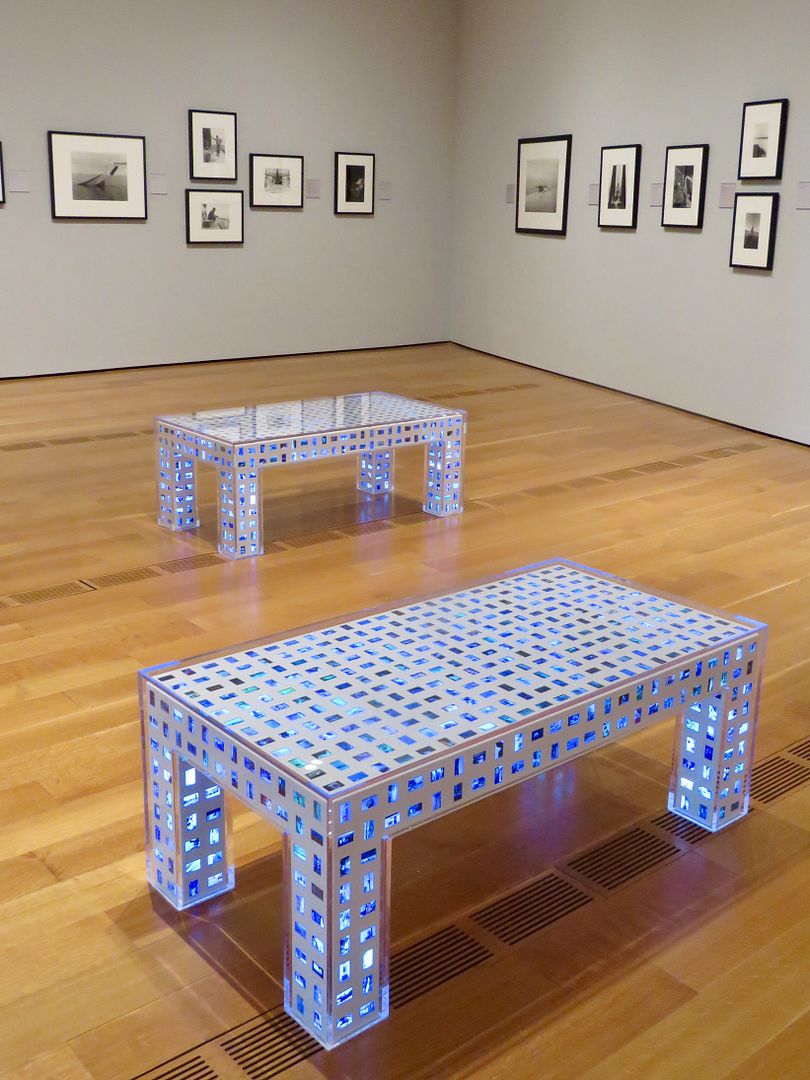
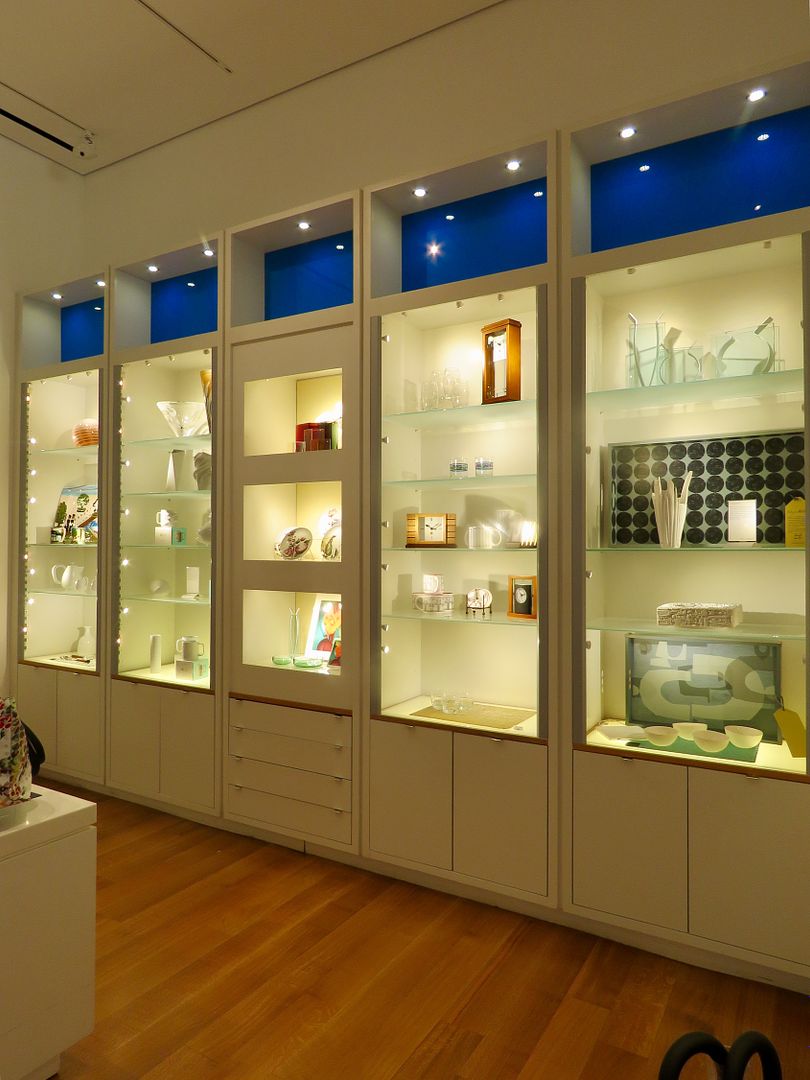
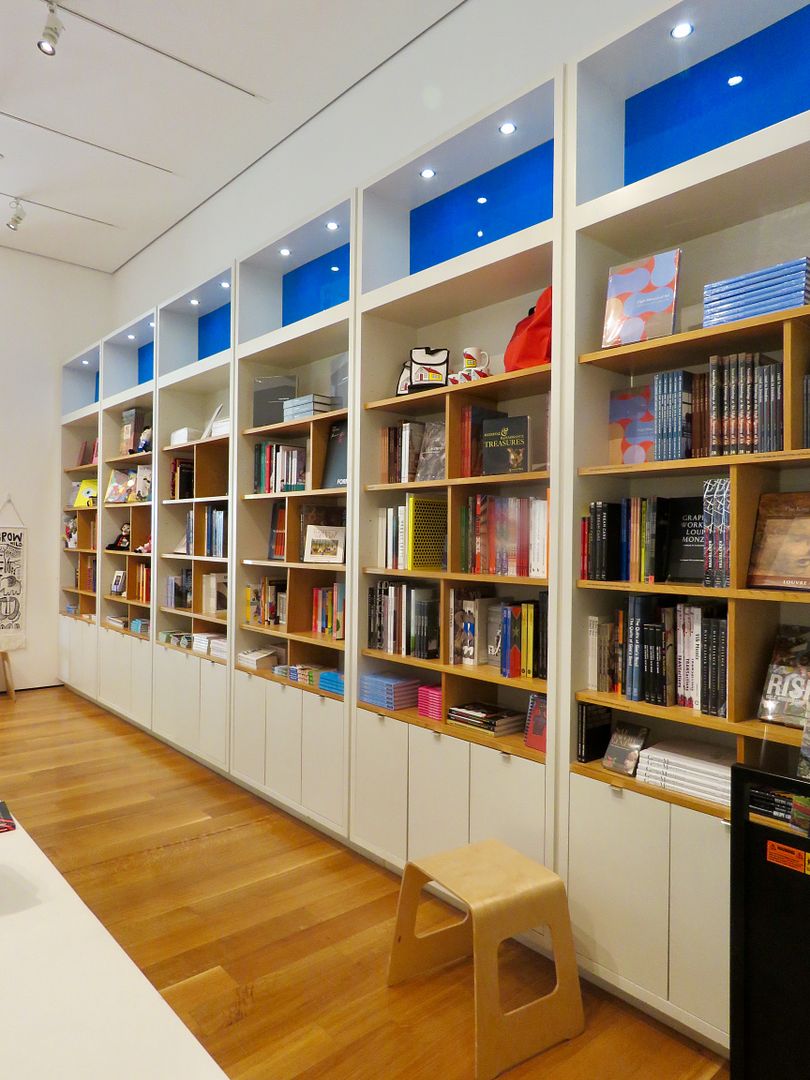

Thanks for your comment!
ReplyDelete